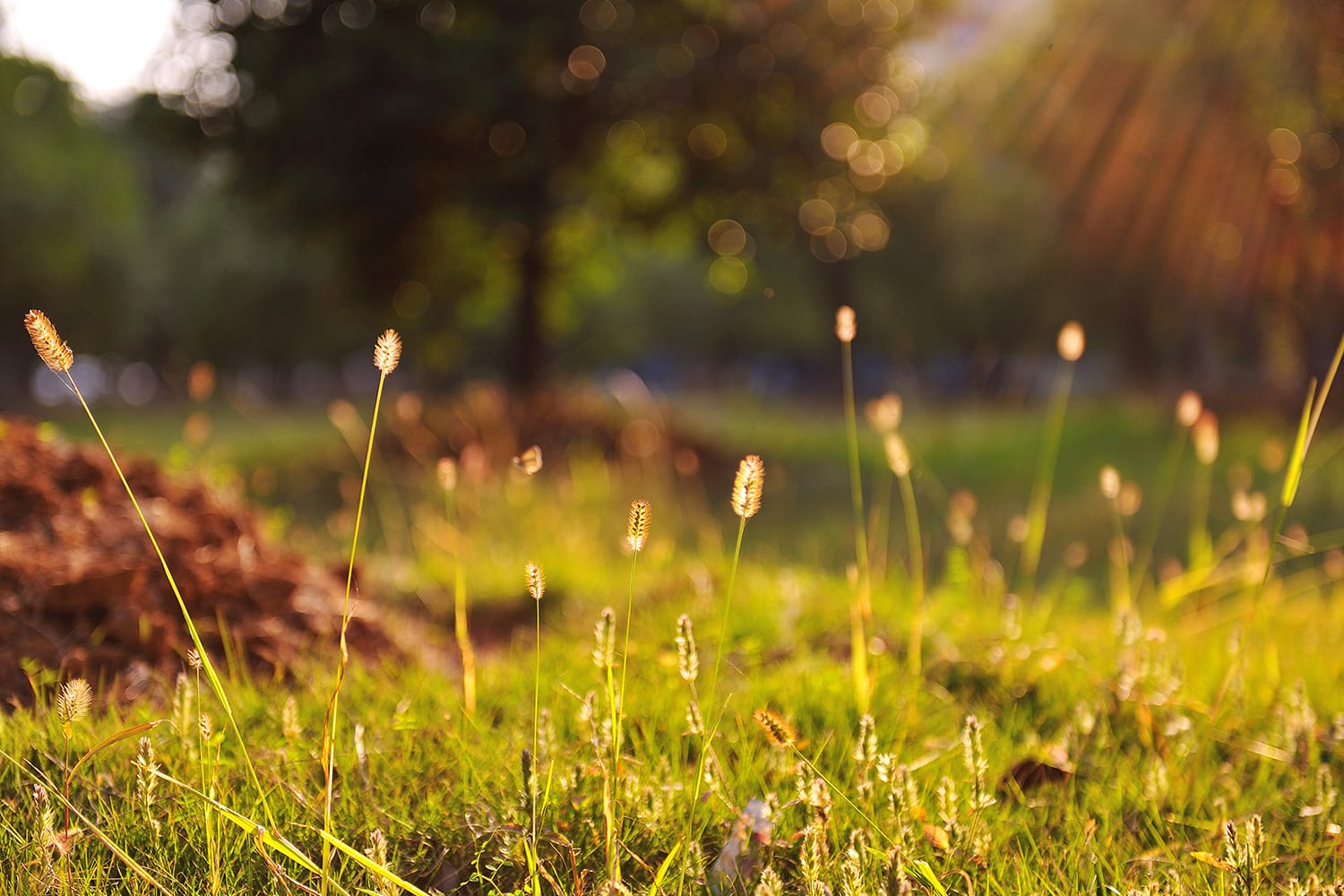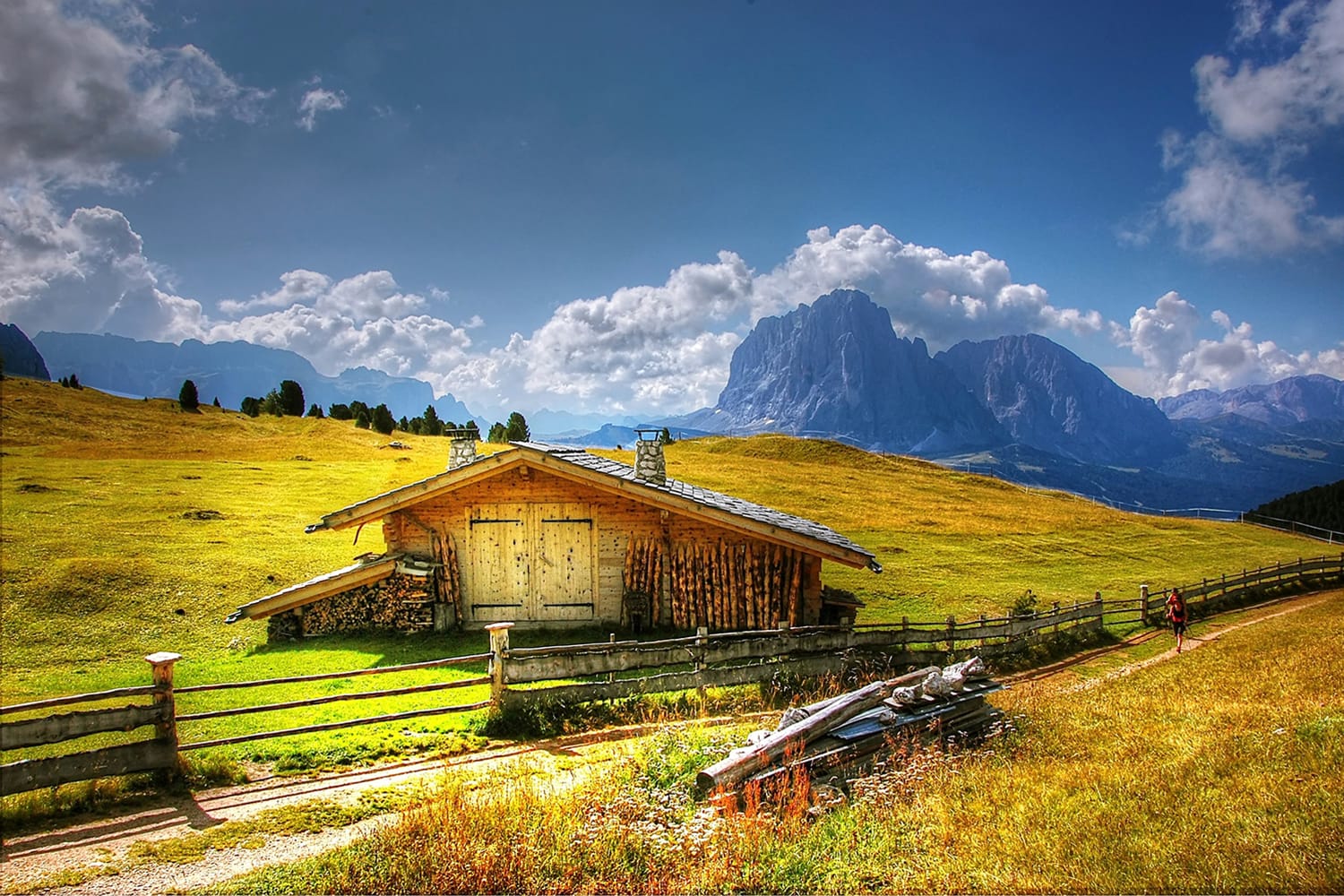What Is the Sunny 16 Rule All About in Photography?
A long time ago, when cameras did not yet have all the technology they now possess – and when practically everything was done manually – the Sunny 16 Rule was every photographer’s best friend and constant companion.
Nowadays, with our camera’s sophisticated metering systems, a lot of photographers seem to have forgotten about this rule.
However, this does not mean that Sunny 16 has been thrown to the background for good, or that it has lost its value. In reality, quite a number of professional photographers still like to go manual and use the Sunny 16 Rule from time-to-time.

Before we dive into the details of the rule, it is important to review what the Sunny 16 Rule is all about.
What is the Sunny 16 Rule and how to do it properly?
The Sunny 16 Rule is what photographers use if they want to make sure that they have the right exposure. It is a simple and quick way of achieving proper daylight exposure without the need to use an actual light meter. It does the trick even if the lighting situation is a bit challenging.
According to the Sunny 16 Rule, if you shoot outdoors on a bright and sunny day, when the sky is all clear and blue, the right exposure will be achieved if you set your camera’s aperture to f/16. In addition to this, shutter speed has to be the value closest to the ISO or the reciprocal value of the ISO. Therefore, if your ISO is 400 at f/16, the shutter speed should be at 1/400 seconds. Likewise, if the ISO is set at 200 at f/16, your shutter speed should be 1/200 seconds.
In some cases, you can also set the shutter speed to the closest available one if the specific speed is not available. So, if you cannot set it to 1/100, then go for the closest speed, which might be 125 in this case. Your final settings for correct exposure will then be at f/16 (aperture), ISO 100, and 1/125 (shutter speed).
6 reasons for using the Sunny 16 Rule
Aside from the obvious reason of creating outdoor images with correct exposure, following and using the Sunny 16 Rule has many other uses and benefits.
- You’ll learn to set the settings manually.
Since you will not be using your camera’s built-in meter, you will be forced to determine the quality and amount of light. Additionally, you’ll be required to dig deep into your creative mind and summon all creative powers. - It’s an excellent substitute to built-in on-camera meter.
The Sunny 16 Rule is an excellent substitute for on-camera metering. This is especially effective in situations where the weather and lighting conditions are unforgiving. Like all machines and gadgets, the camera can also make mistakes. Additionally, there will come a time when your camera will not function well, which can render all functions useless. With manual settings and Sunny 16 Rule, things will be better even when the weather is not cooperating and the skies are quite dark. - A good way of checking incident light metering.
Sunny 16 makes use of incident light, not reflected light. As such, it cares more about the light’s brightness, or the actual light in a scene, rather than the reflection that gets into the camera’s sensor and bounces off from your subject. In other words, it measures whatever amount of light falls or is on the subject. It does not throw off light like what reflected metering does giving you the illusion that a scene is already darker or brighter than it already is. - A good way of checking camera exposure.
How often do you get overexposed or underexposed photos? If you have had problems with exposure, using the Sunny 16 Rule, you will be able to easily determine whether you have the right exposure or not. Therefore, the number of your under- or overexposures will significantly decrease. Most important of all, you’ll know whether your camera is ready for some serious shooting or not; if it is spot on or not. - A good way of checking your creativity.
There are times when you need to work around difficult weather conditions; this is where the Sunny 16 Rule can help. Since you are not using the advanced on-camera metering, you can choose to “fix” the settings yourself. Likewise, you can “dictate” to the camera whatever creative reinforcements or effects you want in a scene or shot. - A good way of teaching yourself to be responsible.
The Sunny 16 Rule gives you, the photographer, the responsibility of making decisions that can affect the outcome of your image. So instead of the camera being responsible for metering, the duty rests on you.

Things to Remember
There are several things to remember if you want to properly use the Sunny 16 Rule.
- First things first. Know that there are variables for different lighting and weather conditions. If there is snow, the aperture should be around f/22 and not f/16. Sunset shots need an f/4 aperture, while an f/8 will do for an overcast sky. Of course, as the aperture changed, the ISO and shutter speed should also be adjusted.
- When shooting during the winter season or when it is snowing, be sure to use the rule to the fullest. If you do not, the snow might turn grey or underexposed.
- If you need to shoot with larger apertures, feel free to do so. Work around the lighting condition of the scene or subject by choosing the appropriate aperture.
- The Sunny 16 Rule is not the end-all and be-all of daylight and outdoor exposure. It still pays to be at your creative best. It’s important to know what you want your photos to achieve.
The Sunny 16 Rule may sound complicated, but it’s actually a very simple concept. Once you get the hang of it, everything will be like second nature to you. Of course, practice makes perfect, so it’s important to find time to better your craft.
